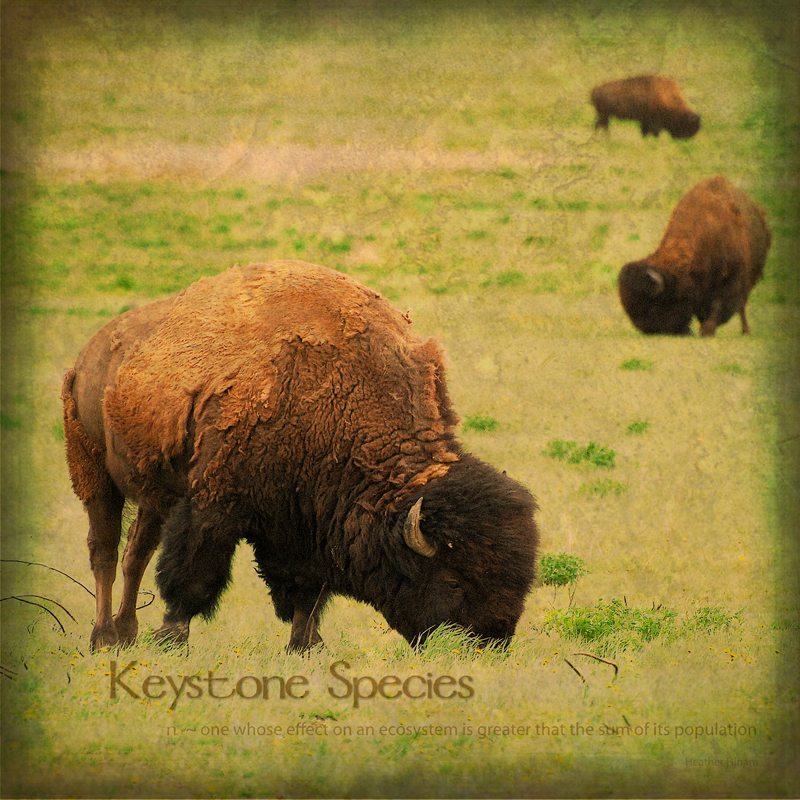 I’ve fallen behind a bit on my posts of late; but in my defence, I’ve been very busy teaching and for the first time in a while, travelling.
I’ve fallen behind a bit on my posts of late; but in my defence, I’ve been very busy teaching and for the first time in a while, travelling.
In my travels, I had the opportunity to branch out from my usual boreal forest/aspen parkland region and explore a whole new host of habitats.
One of those were the grasslands of southern Saskatchewan. These regions are often passed over as ‘boring’ by travellers in Canada who prefer the more obvious grandeur of the Rocky Mountains or coastal regions.
However, I can assure you that the mixed-grass prairie that carpets a swath along Canada’s border with Montana is a truly remarkable region, full of breathtaking beauty and a whole host of fascinating species you won’t find anywhere else. The stark landscape is alive with grasses rippling in waves, dotted with islands of sagebrush, the odd tree and the carefully manicured lawns of prairie dog towns.
This is the landscape that once was home to the plains bison. For thousands of years, millions of these thundering ungulates roamed not only grasslands, but at least 45 other ecoregions as the largest-ranging ungulate in North America, shaping each region as they went. You see, bison are what are known as a keystone species.
Keystone species are those whose impact on the world in which they live is greater than what you’d expect from its population or, more specifically, its biomass. These are species who fundamentally alter the habitat they live in, affecting the lives of myriad species around them.
In their heyday, these largest of all North American herbivores were the linchpin holding the grassland ecosystem together, providing food for a host of predators, including entire civilizations of humans and by shaping the very structure of the landscape and thus affecting the day-to-day lives of a large proportion of prairie species. I was fortunate to learn about these relationships from Wes Olson, former Parks Canada warden who has lived and worked with bison for decades.
Bison literally left their footprints on the landscape. Their heavy bodies pressed their hooves into the earth, leaving singular holes (called pugging) that bled into trails, churning the soil and breaking up the thatch from previous years for new growth and allowing a greater diversity of plants to get a foothold. Ploughing their noses through the winter snow to graze the coarse remains of the summer’s grass left short-cropped lawns that would green up faster in the spring, offering much-needed nutrients to both the bison and other prairie grazers like jack rabbits and pronghorn. These patches also would get a boost of nitrogen from urine the bison released regularly into the ground.
These winter grazing lawns were also great places for animals that need visibility to congregate. Birds like Sharp-tailed grouse and sage grouse could use them in early spring as dancing grounds, or leks, where males get out and literally strut their stuff in the hopes of finding a female.
A bison’s penchant for wallowing also had a significant effect on the landscape. When a 2000 lb animal rolls around on the ground, it tends to leave a mark. These dust bath pits were often the only spots on the prairie to retain open water for any length of time and become important draws for many dozens of species from insects and frogs to top carnivores like badgers and coyotes.
Every part of the animal was used. Human predators, like the Blackfoot people of southern Alberta would use everything from the hide to the meat to the bladder for protection, food and other tools. Animal predators, like coyotes would feed on the flesh. Scavengers, like vultures and badgers, would take what was left. Rodents would gnaw on the bones in their search for the calcium missing from their diets. Dung beetles and burrowing owls would make use of the bison patties for food and olfactory camouflage respectively, if humans didn’t scoop them up first for fuel in this wood-less landscape.
This intricate network was torn apart as European settlers moved across the continent. By the late 1800s, a combination of habitat loss, conscious extermination efforts and just plain wastefulness saw a population of several million reduced to tiny, isolated herds. Today, the wild population numbers about 30,000 individuals, restricted to parks and conservation areas.
However, the bison is not extinct and the threads are starting to re-knit themselves in more and more places. Herds have been thriving in Elk Island and Riding Mountain National Parks for years, making their mark on the aspen parkland. Plains bison were also reintroduced to Grasslands National Park in southern Saskatchewan in 2009 and already their effects are being felt. Slowly, after over a century, this much-abused landscape is starting to heal. Though it’s hard, if not impossible to turn back the clock, some of the interactions and relationships I’ve described are reforming and places like Grasslands remind us just how complex and resilient nature really is.